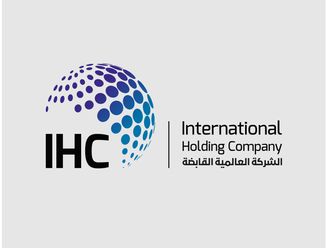In the current market, the availability of debt, from traditional senior banks in the UAE and other GCC countries, continues to be challenging for a variety of reasons.
Firstly, regional and international banks are imposing tougher credit controls before making loans, and have limited liquidity. This year will see increased demands placed on this limited liquidity, both by the funding requirements of government entities in addition to the need to fund the continued infrastructure work for Expo 2020.
Consequently, many companies and developers may face difficulties in accessing the senior bank market, when attempting to source financing to execute their business plans.
For those companies unable to access bank financing, there are a number of other potential sources of debt capital, namely from the providers of alternative capital. Il is a catch-all term used to describe capital (usually loans) provided by specialist debt funds. A fund may have a narrow strategy and only provide financing for limited industries/situations or be able to provide loans across a broad range of industries and borrowers — with pricing dependent on the relevant situation/type of fund.
In the US, non-bank, direct lending now makes up around 80 per cent of the entire private corporate loan market. In Europe, it is somewhat smaller, but growing fast.
They are the key providers of TLBs (Term Loan Bs), private loan markets that provide financing to certain companies on terms that share many features of a high yield bond, but at lower cost and with lower diligence requirements. For companies that can access these markets, a TLB offers a number of significant advantages when compared to senior bank debt.
Alternative capital in the US and Europe has seen significant growth as a result of liquidity tightening in the local senior bank market. Given the tightening regulatory requirements, credit demand from government owned entities and significantly reduced oil-derived deposits, the UAE and other GCC economies may be ready for a significant increase in the provision of alternative capital.
Another sign that the market is ripe for growth, alternative capital providers in the US and Europe are also seriously looking for opportunities to deploy capital — into the right transactions — in this region.
A TLB typically requires repayment at the end of its 7-year term with no (or very limited) payments during the life of the loan and with all-in costs of around 5 per cent. The terms of the financing significant flexibility to allow the borrower to (among other things) raise considerable amounts of additional debt (subject to meeting certain performance thresholds), re-price the loans when market opportunities arise, and to modify and execute their business plans with limited or often no consent requirements from the lenders.
In addition, borrowers typically also have the choice whether to include any maintenance financial covenant (being a financial ratio (for example, EBITDA-to-debt) with which the borrower must comply on a periodic basis) or not. Inclusion or otherwise typically has an impact on pricing.
When compared with traditional bank lending which requires regular repayments of the debt during the life of the facility, significant controls on the ability to incur additional debt, make disposals, make acquisitions and almost certainly includes more than one financial covenant to comply with. The operational advantages are clear to see.
A TLB works very well for certain companies but requires significant involvement from management, engagement of reputable advisers and a good credit story. For those companies that do not fit this type of credit, there are other opportunities to access. Regional and international debt funds may be prepared to lend directly to corporates, but this may come at a higher cost.
This cost can, however, be mitigated by combining alternative capital with senior bank debt so that the more expensive alternative capital money bridges the capital needs of a company which reducing bank liquidity will not cover. There are a number of ways this can be structured.
Certain market participants are looking at ways to bring this blended capital solution to borrowers so that companies can continue to execute their business plans notwithstanding tightening liquidity.
Recently a Dubai-based company became the first UAE corporate to tap the Euro TLB market. It is looking like a good year for such alternative financing arrangements to establish themselves in the regional markets.
Richard Ernest is a Partner at Gibson Dunn & Crutcher. Aly Kassam is a Senior Associate at the firm.












